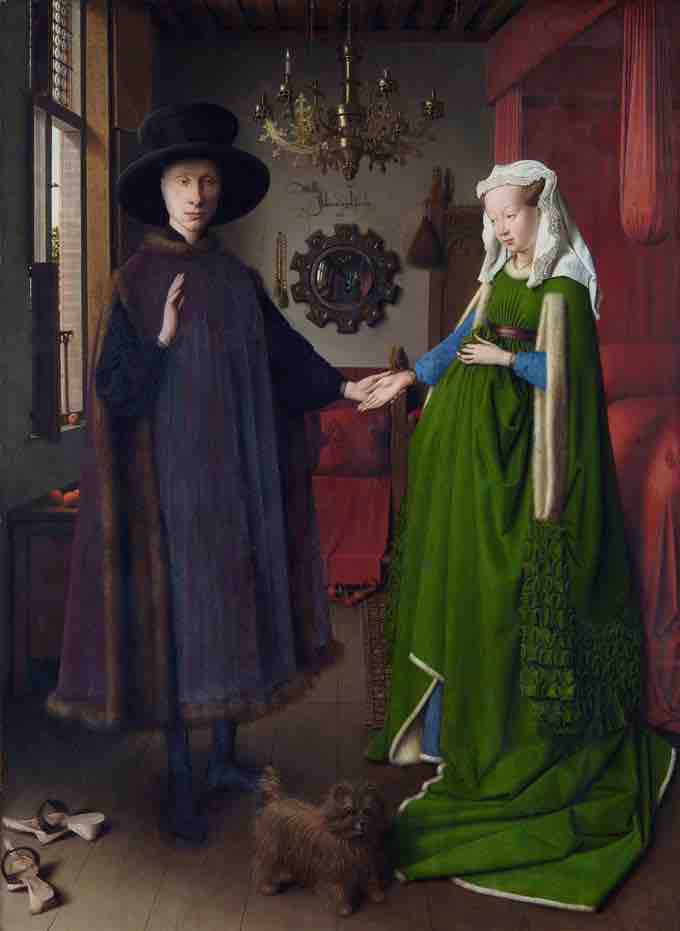Iconography is the branch of art history which studies the identification, description, and interpretation of the content of images such as the subjects that are depicted, particulars of composition, and other elements that are distinct from artistic style.
Iconography as an academic art historical discipline developed in the nineteenth century in the works of scholars such as Adolphe Napoleon Didron (1806–1867), Anton Heinrich Springer (1825–1891), and Émile Mâle (1862–1954). Christian religious art was the main focus of study throughout this period, and French scholars were especially prominent. They looked back to earlier attempts to classify and organize subjects encyclopedically, as guides to understanding works of art, both religious and profane, in a more scientific manner than the popular aesthetic approach of the time. These early contributions paved the way for encyclopedias, manuals, and other publications useful in identifying the content of art.
In early twentieth-century Germany, Aby Warburg (1866–1929) and his followers Fritz Saxl (1890–1948) and Erwin Panofsky (1892–1968) elaborated the practice of identification and classification of motifs in images to using iconography as a means of understanding meaning. Panofsky codified an influential approach to iconography in his 1939 Studies in Iconology, where he defined it as "the branch of the history of art which concerns itself with the subject matter or meaning of works of art, as opposed to form". The distinction he and other scholars drew between particular definitions of "iconography" (put simply, the identification of visual content) and "iconology" (the analysis of the meaning of that content) has not been generally accepted, though it is still used by some writers.
While most iconographical scholarship remains highly dense and specialized, some analyses began to attract a much wider audience; for example, Panofsky's theory (now generally out of favor with specialists) is that the writing on the rear wall in The Arnolfini Portrait by Jan van Eyck turned the painting into the record of a marriage contract. Holbein's The Ambassadors has been the subject of books for a general market with new theories as to its iconography; as well as being a double portrait, the painting contains a still life of several meticulously rendered objects, the meaning of which is the cause of much debate. The most notable and famous of Holbein's symbols in the work is the distorted skull which is placed in the bottom center of the composition. The skull, rendered in anamorphic perspective, another invention of the Early Renaissance, is speculated to have been a reminder of death and mortality.

Jan van Eyck, The Arnolfini Portrait, 1434
The iconography in this work has historically been the subject of debate due to its many signifiers. Some scholars have theorized that the painting was actually a marriage contract due to the writing on the wall in the background.